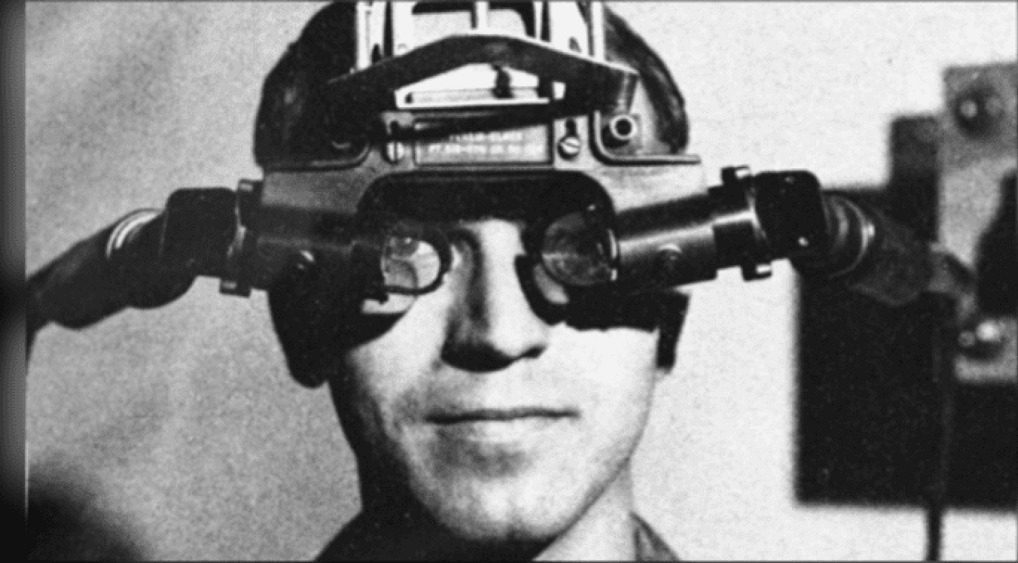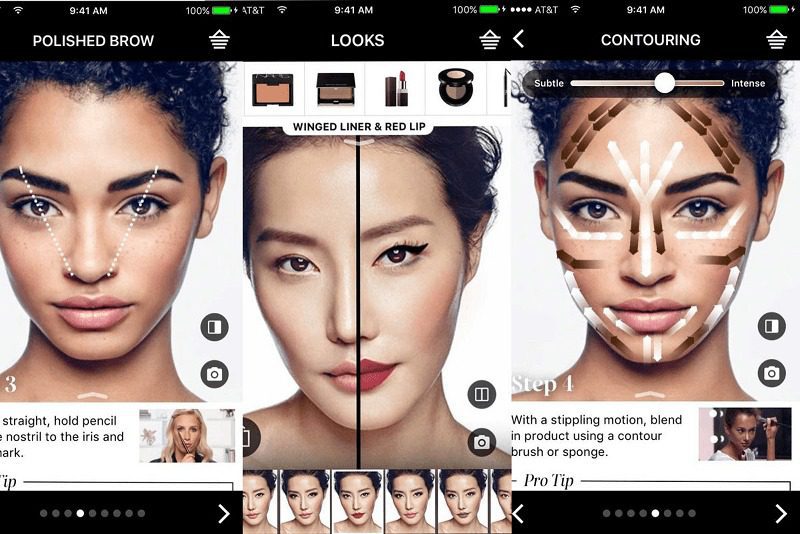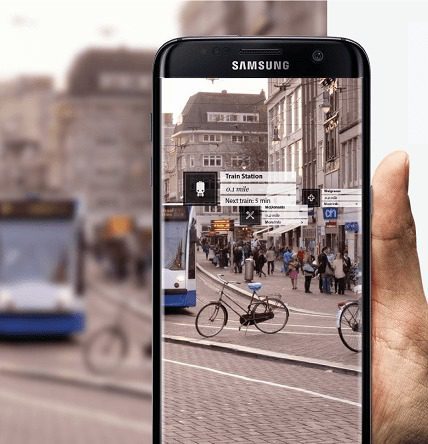A profound movement is being orchestrated by the big retailers to deliver AR. From Apple, Google, Microsoft, Alibaba, eBay and Amazon, more and more retail giants are offering new augmented and virtual reality experiences to customers.
The frontrunners are already in full swing and it’s important to understand that you don’t need to be as big as these guys to start somewhere. It’s time for smaller retail brands to pay attention. Here’s why.

AR Is Immersive And Engaging
AR can instantly provide consumers with an immersive and engaging experience. AR can fill in the gap that leaves customers hanging for more information, standing in a store reaching for their mobile phones.
As we enter the age of the experience economy, many retailers are searching for ways to reinvent the physical store, using lights, video screens and audio. They’re constantly challenged to find ways to deliver more personalized service. AR can complement this, and has the potential to become a trusted sales associate. And since AR is your trusted sales associate, it will have handled the first-level questions consumers have on products, allowing “real” associates to focus on what they do best — upsell, cross-sell and close the deal.
AR Is In Your Customer’s Pocket
Given that approximately 87% of shoppers do comparative shopping on-site with their mobile device, it’s really about leveraging the tools they already have in-hand. With AR, you can keep customers in your ecosystem both in-store and at home.
AR Dramatically Speeds Product Discovery
For all types of products, from technology and electronics to clothing and consumer goods, customers are constantly looking for more information. They want to know, what’s behind this?
CPG is ripe for this opportunity. Take the example of a grocery store. Do you want to know the nutritional values of various foods? Where does that vegetable come from? What can I cook this ingredient with to surprise my guests? Is there a simple recipe I could try?
Using the phone, customers can point at any product and get this type of augmented information, making them more knowledgeable consumers. And, as we now realize, anything can be augmented! With AR information on products in the store and on shelves, customers are more likely to say, “Okay, let me grab one of those,” even if they’ve never tried it before.

Customers Aren’t The Only Ones Using It
From logistics companies and high-end to mid-level retailers, it’s not only customers that are impacted by the advantages of AR. Take DHL for example, which is one of the largest shipping companies in the world. It is implementing AR in its logistics chain. In a pilot study the company demonstrated a minimal 15% increase in productivity as well as an important decrease in mistakes by using AR.
The technology guides the company’s work, so that instead of scanning bins in the aisles, they use their AR glasses, and the technology ensures the package goes to the right place. The reduction of human error is amazing.
Anyone that has online ordering can do the same on their back end. This can be a benefit to any and all retailers.
AR also can be used as a training tool. New associates who need to learn about the products in-store can do so using AR and VR, eliminating the knowledge gap for new employees. It could standardize training and take away the element of subjectivity in training as well as having proven better impregnation of information.
Who Will Benefit The Most From AR?

The real winners are the customers. They’re gaining access to a much more engaging experience, by getting answers to fundamental questions about products while perusing the shelves and aisles of their favorite store.
Any brand that offers an augmented experience is going to be preferred by customers. Think about the home decoration market. IKEA is a good example of that. IKEA’s AR app, developed with Apple ARKit, already has hundreds of thousands of downloads — yet it only has approximately 500 out of hundreds of thousands of products available in the app. Still, consumers love it. It’s just a starting point. They started small, but they’re going to iterate.
I’ve been an advocate for iteration for a long time. Don’t wait for the killer app! It won’t be tailored to you. Create an experience that’s in sync with your business issues and objectives. Release at 70% to 80% and iterate following the learnings you gather from user feedback. It doesn’t matter how big or small you are — AR not only provides information to your customer, but it also provides the retailer information about what a customer is looking for — their behavior. There’s no business size that’s too big or small not to gather customer behavior information.
The bottom line is that Augmented Reality is here. There are more than 600 million mobile devices out there that are AR-capable. Consumers are eager to have these experiences. It’s up to you to give them some.
Jean-Francois “Jeff” Tremblay is AR/VR Practice Lead at Valtech, where he focuses on high level strategy and the integration of VR and AR solutions across Valtech Group’s broader product and service offering.




